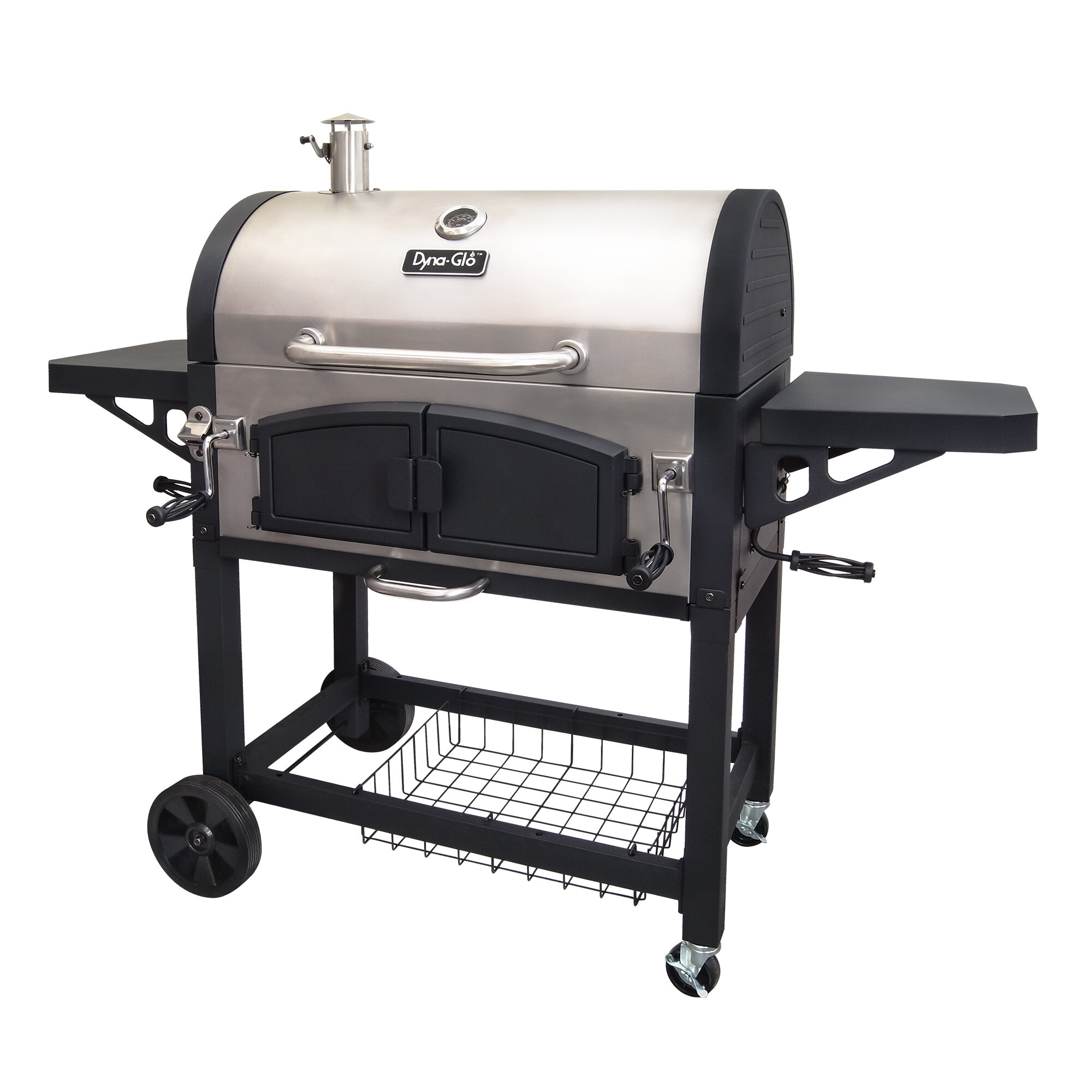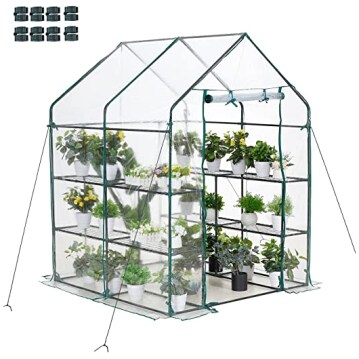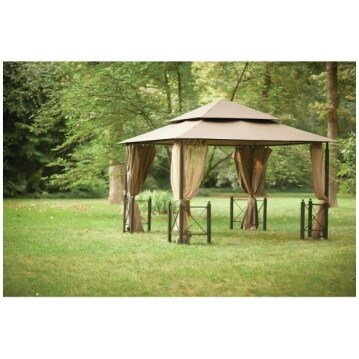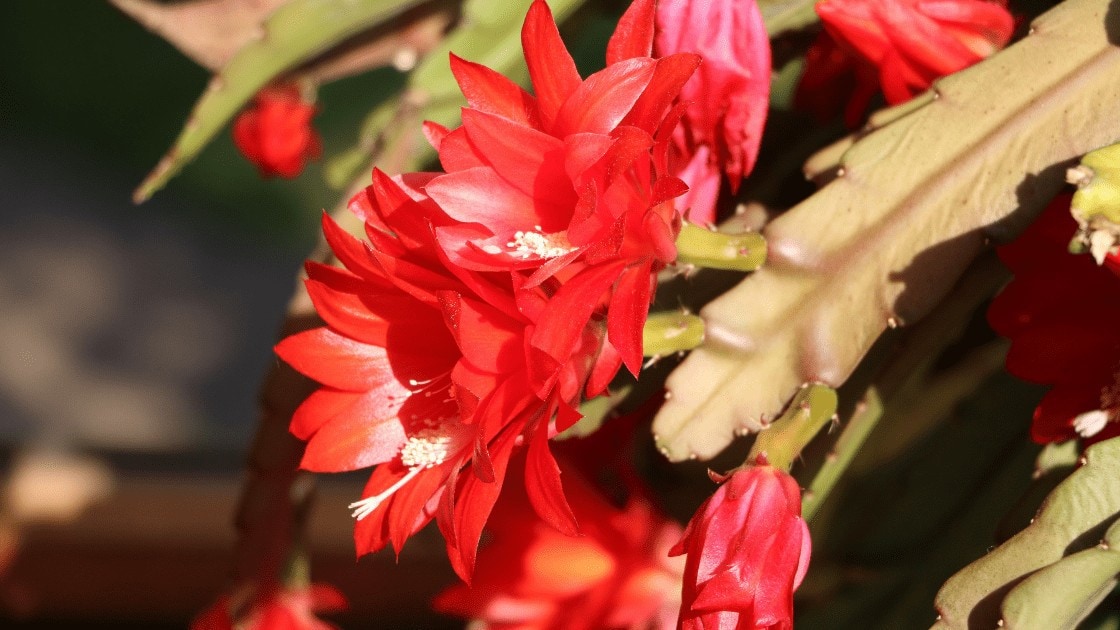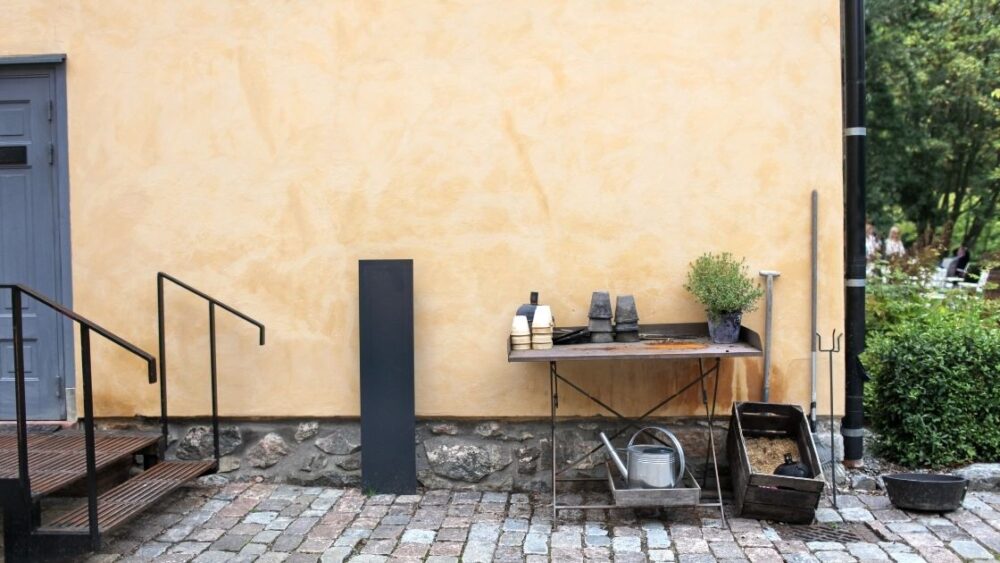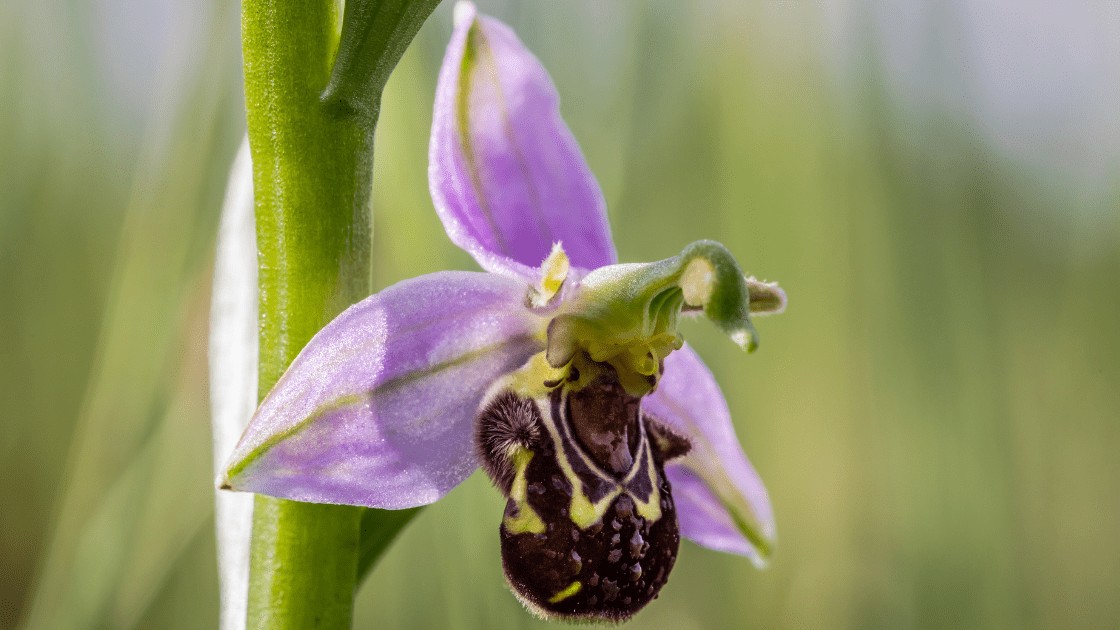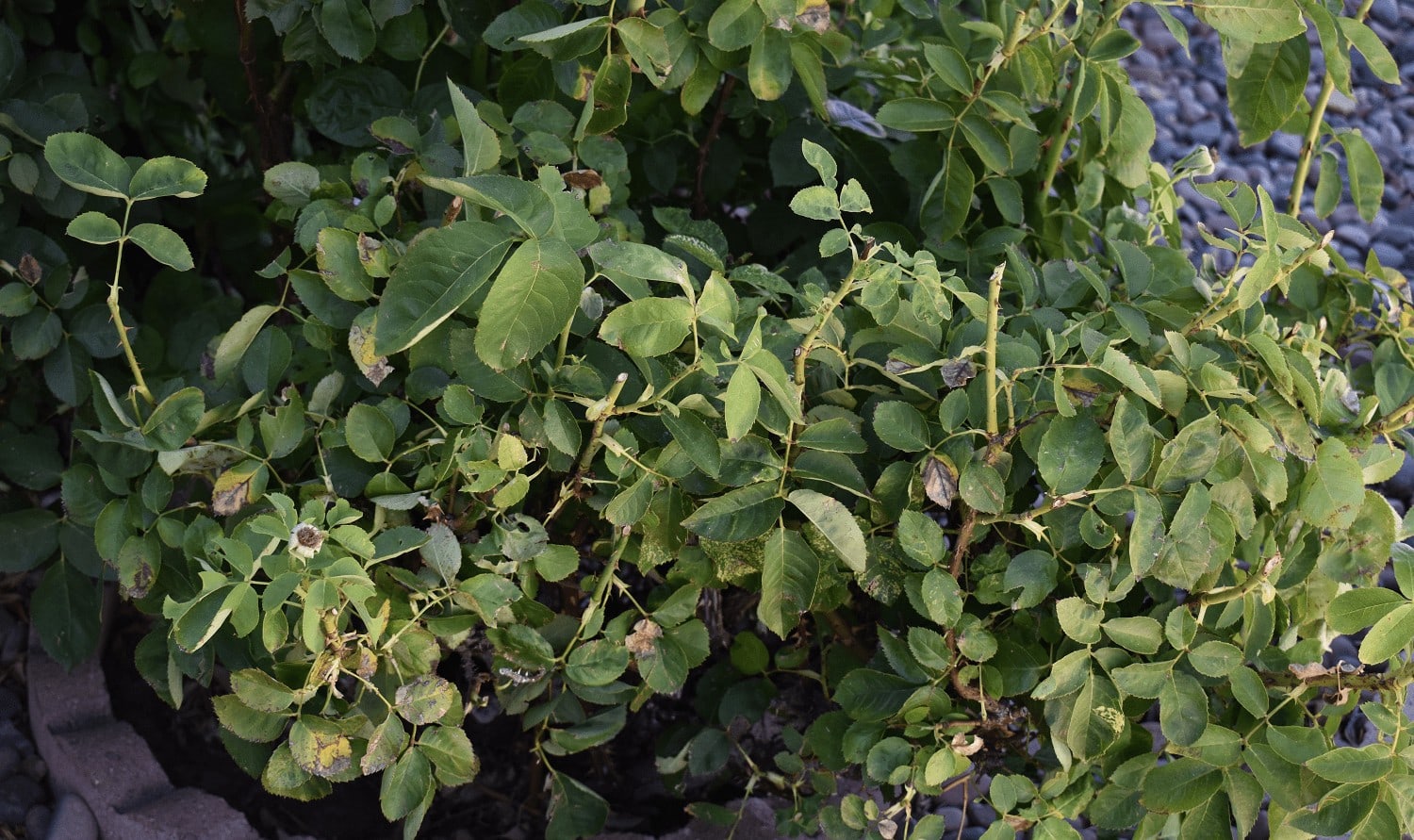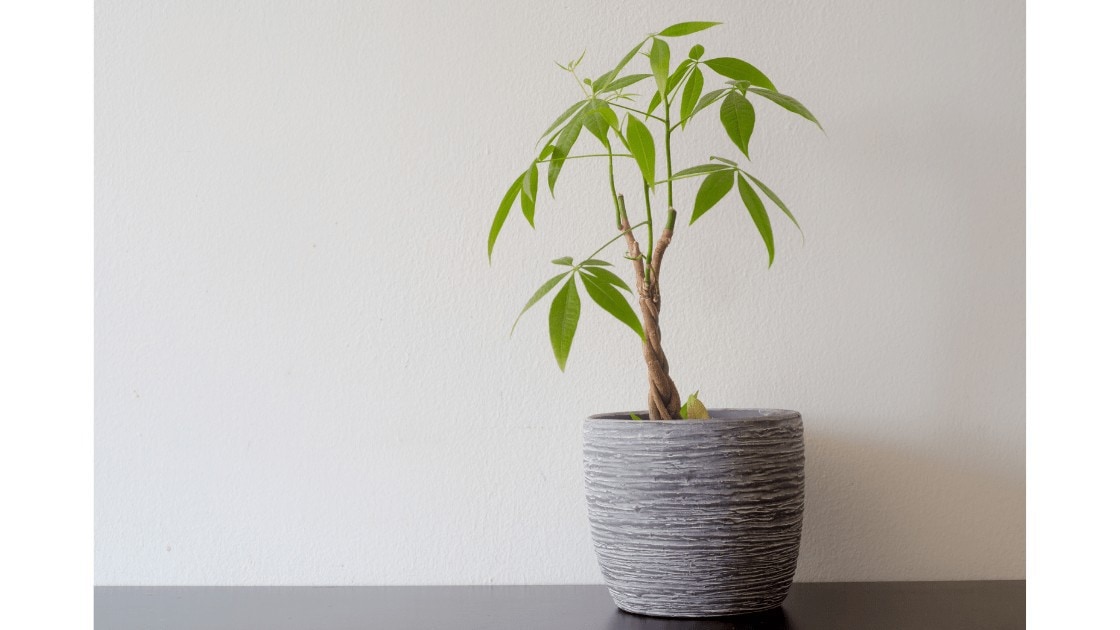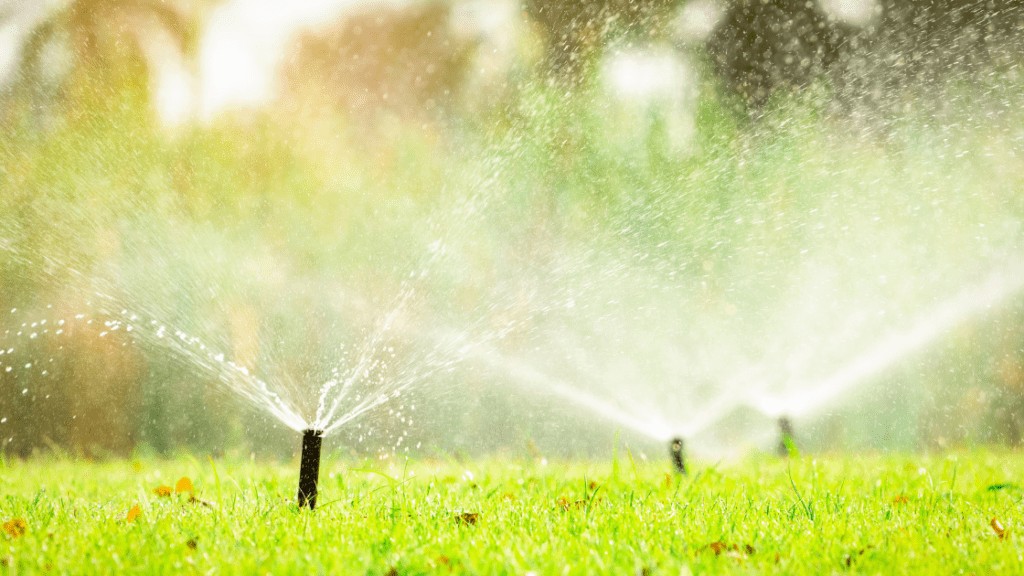
Sprinkler systems are the most commonly used way to water lawns – they are easy to install and can cover a very large area. Each sprinkler head can usually cover an area of at least 500 square feet and since the average residential lawn area in the US is around 5,000 – 10,000 square feet, many DIY sprinkler kits contain 5 to 12 sprinkler heads.
Although sprinkler systems are effective, they can also have disadvantages and may not be suitable for watering taller garden plants. In this article, we’ll explore the pros and cons of sprinklers, where and when they should be installed and will help you decide what type of sprinkler system is right for you. Let’s get started!
What Is A Sprinkler System and What Different Types Are There?
Sprinkler systems are high-pressure watering systems – they rely on a powerful jet of water in order to cover a large area. The tubing of a sprinkler system can either run below the ground (usually labeled as an ‘in-ground’ system) or above the ground. The system is controlled by an electronic or a mechanical timer, which allows you to precisely adjust how often and for how long the sprinklers run.
Browse our Affiliate Products
Small Sprinkler Systems With No External Valves
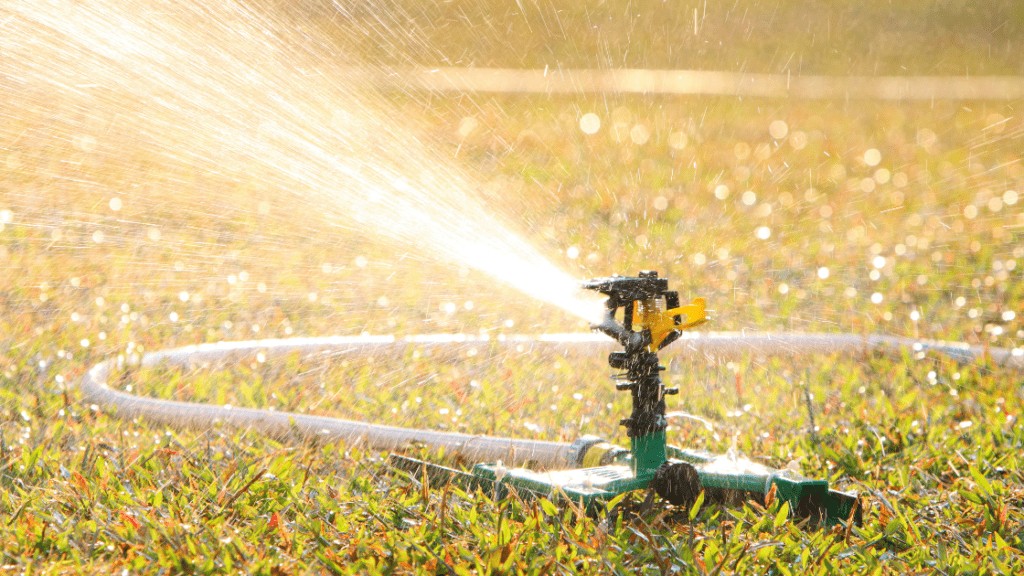
Sprinkler systems for small gardens or yards usually have a timer/controller with built-in solenoid valves – this means that the controller box itself has a water inlet and an outlet which connects to the tubing leading to the sprinkler heads.
This type of system often has two water outputs (usually called ‘stations’) which can be separately programmed to run at different time periods. Those types of systems are usually suitable for yards with an area of less than 10,000 square feet and can be purchased for as cheap as $300. They are easier to install, because they can be quickly connected to a water outlet and don’t require the installation of separate solenoid valves.
Large Systems With a Separate Controller and Valves
The second type of system features an electronic controller which controls separate solenoid valves. Those types of controllers are much more versatile compared to the simple controllers of the small system described previously. They commonly have an internet connection and can control the watering schedule based on the weather forecast they receive automatically.
Those controllers can control between 5 and 12 different solenoid valves, which makes them suitable for very large areas – up to 100,000 square feet. However, they can also be used for small gardens and can give you a lot of control over your watering schedule, as well as allow you to control the sprinklers through your mobile phone.
Although large irrigation systems are more suited for parks and sports field, this gives you an idea of what is possible. For the common home owner, all you really need is between 4 and 5 pop up sprinklers for small yards and gardens.
Simple, Mechanically-Controlled Sprinklers
Although sprinkler systems can be complex and feature complicated digital controllers and many sprinkler heads, they can also be as simple as a few sprinklers controlled by a cheap mechanical timer.
Mechanical timers are small round boxes, which are manually set by turning them. They can usually run for as long as 120 minutes and cost less than $20. By using mechanical timers and only one or two sprinkler heads, you can create a very cheap (less than $50) but effective sprinkler system that can water a 500 to 3,000 square feet area, depending on the water pressure in your area.
This is all based on what type of sprinkler head you will be installing, as well as, the nozzles and spray distances you need. Rainbird.com offers a wide range of supplies, as well as, help in determining the exact number of sprinkler heads and guides to installing. You can look more into it for your specific project by clicking the link below.
www.rainbird.com/homeowners/how-many-sprinklers-can-be-used-zone-or-valve
What Gardens and Yards Are Sprinkler Systems Most Suitable For?
Sprinklers are almost always used for lawns and are not really suitable for crops or for gardens that have a lot of tall, bushy plants. The reason is obvious – the spray heads of the sprinkler system spray water at a very sharp angle and the jets of water are blocked by any taller plant, making it hard to cover a large area.
For watering crops or taller plants, drip irrigation systems are much more suitable. However, sprinkler systems can also water trees as well as many low-growing plants or small bushes.
If you are interested in reading more about drip irrigation systems, click here to read our article.
Can You Regulate Sprinkler Systems?
Almost all sprinkler spray heads can be manually adjusted, usually by using a small plastic key wrench. By turning the screw on top of the head, the distance to which the head sprays water can be reduced or increased.
Adjusting the spray heads is almost always necessary in order to avoid water getting sprayed on pavements and on walking areas of the lawn.
Can You Put Them On a Timer?
Virtually all sprinkler systems run on a timer. Considering that small, mechanical timers can be purchased for less than $20, there is no reason not to use one in your system. However, sprinkler heads can be directly connected to a water outlet without a timer as well.
Water Pressure Considerations
The water pressure varies depending on the residential area and most sprinkler systems require a pressure of at least 35 PSI. However, this is rarely a problem, because most residential areas have a pressure of at least 40 to 50 PSI.
Check out Amazon’s water pressure tested below.
If you want to cover a very large area (up to 3,000 square feet) with a single sprinkler head, a water pressure of up to 80 PSI may be required. It’s worth noting that the water pressure often fluctuates based on the total water usage of your neighborhood – setting the system to run in the early morning can often give you a ‘pressure advantage’!
It’s always recommended that you measure the water pressure of your outlet before choosing suitable sprinkler heads.
Can Sprinkler Systems Be Used for Potted Plants?
Sprinkler systems are not usually suitable for potted plants – the height of the pot, combined with its small soil area makes it very hard to achieve consistent results. It’s best to manually water the pots in your garden, or install a drip irrigation system.
There are exceptions and if you have only a few pots, you can certainly place them in an optimal spot where they will receive just the right amount of water from the sprinklers.
Are Sprinkler Systems Expensive?
Many sources mention that a sprinkler system costs around $3,000 to install, but in reality you can purchase a full system with a digital timer for as low as $300. If you have a very small garden, you can create a very simple system with a mechanical timer and a single sprinkler that will set you back no more than $50.
However, purchasing a large system with underground solenoid valves, a separate WiFi controller and paying a professional to install it and run it underground can cost more than $2,500.
This article shows you pretty much what goes into installing a standard irrigation system. Although, it may seem hard, but it is doable based on what skills someone has. https://www.familyhandyman.com/list/how-to-install-and-irrigation-system-in-11-easy-steps/
Do They Save Water?
Sprinkler systems are not really known for efficiently delivering water to the soil – the water jets they produce result in a lot of evaporation and a lot of water is wasted by getting ‘stuck’ on the foliage of plants and not reaching the soil. However, sprinkler systems are automatic and can be precisely adjusted to supply the minimum amount of water necessary, which can definitely result in water savings.
Are They Hard to Set Up?
Sprinkler systems aren’t hard to set up, but the process can take 3 to 4 days, depending on the size of the system and how many stations/zones it has. The process of installation usually consists of measuring the water pressure, digging the trenches for the tubing, laying it and connecting everything up.
While many professional would want to install standard PVC pipe, you always have the choice to install flex tubing which makes the job a whole lot easier when burying the pipe 8 to 12 inches deep. Since flex tube is a common material, you can easily purchase this from any hardware stores, or buy a complete system as shown below.
Specialized tools such as pipe cutters and wrenches are usually included in DIY kits. Whether or not you should choose a DIY kit system or let the job be done by a professional is completely up to you and depends on how handy you are and what’s your budget.
Pros of Sprinkler Systems
Sprinkler systems are convenient and save a lot of time and energy. They can cover a very large area with only a few sprinkler heads. Modern timers and controllers can have a lot of features, such as weather forecasting, WiFi control, voice control and more.
Sprinkler systems are versatile and can use many different types and styles of sprinkler heads, including popup ones which automatically hide underground when they’re not spraying. With sufficient water pressures of more than 60 PSI, a single sprinkler head can cover an area of up to 3,000 square feet, enabling you to water a large area without having to use a large length of supply tubing.
Cons of Sprinkler Systems
Sprinkler systems are not suitable for crops or for watering many tall plants. They are also not a great way to water potted plants. They can be wasteful of water and can deposit a lot of water droplets on the green foliage of plants. Large systems can be expensive to install and drops in water pressure can reduce their performance.
Final Thoughts
Sprinkler systems are a great alternative to manual spray nozzles. If you have a green lawn in your garden, there is no reason not to install a sprinkler system. Not only will it save you time, energy and labor, but it can also save you water by avoiding over-watering.
When properly installed, sprinkler systems can be used for watering low-growing garden plants and trees, but large plants with dense foliage will block the water jet and reduce the effective watering area of the sprinkler heads. Both DIY kits and professionally installed sprinkler systems are available and the simplest sprinkler system consists of a single sprinkler head connected to the water line via a cheap mechanical timer.

